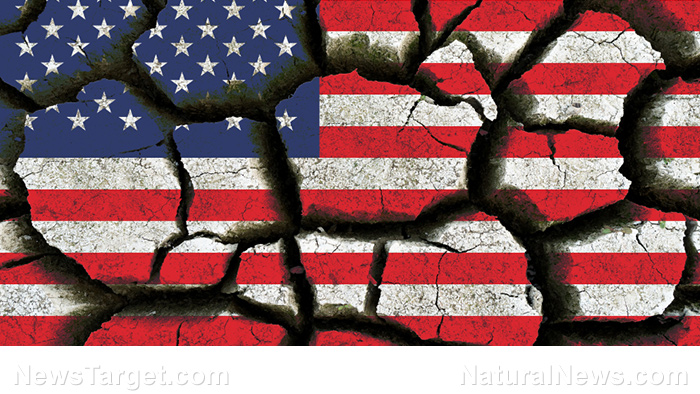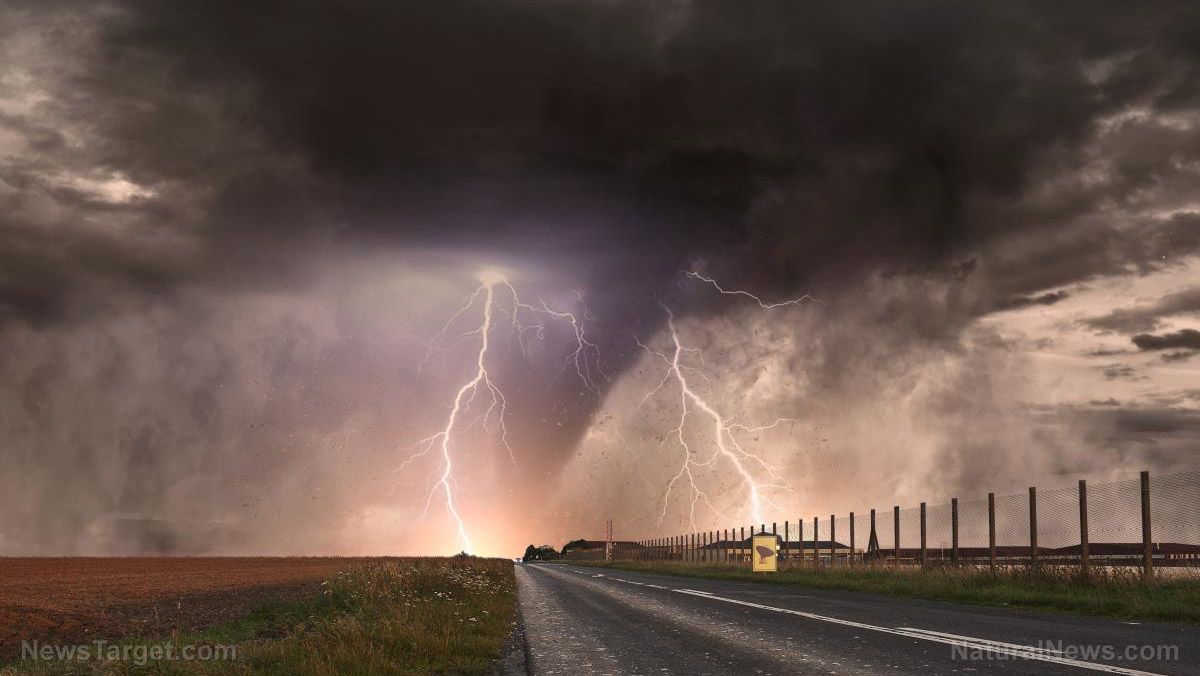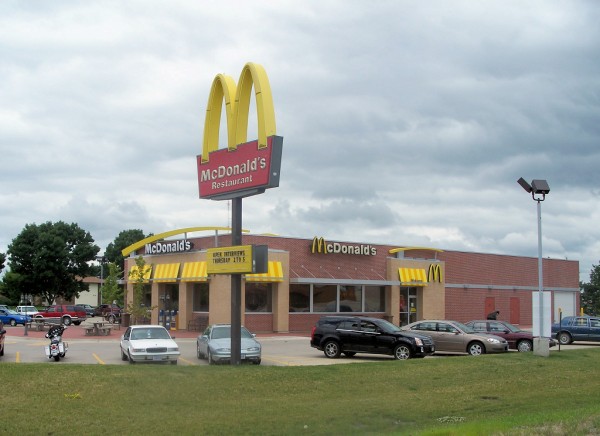 Parler
Parler Gab
Gab
U.S. farming sector's total interest expenses this year expected to be 32 percent higher than last year
It is typical for U.S. farmers to utilize short-term, variable-rate loans to purchase seeds, fertilizer, machinery, and livestock, according to the Department of Agriculture (USDA). And with interest rates as low as they have been for many years, it was just normal business as usual. This year, though, the Federal Reserve started incrementally bumping the interest rate, which for some farmers meant increases from 0 percent to 4.25 percent. For many farmers, this is the straw that is breaking the camel's back. "You have family farmers and ranchers that can't pay their bills," Nash said. "You talk about loans – that's a big deal. Food costs are increasing; the overall production of our operation is increasing. We have to be able to get paid more to make it." According to USDA data, 2022 will see the farming sector's total interest expense hit $26.5 billion, which is nearly 32 percent higher than last year. Farmers will be forced to make a decision between reducing crops or cattle or struggling to figure out how to repay larger loans. "We see products in the grocery store increasing, and I think a lot of people don't understand that," Nash explained. "We're not the ones pushing for increasing; we are making less than ever." As of this week, more than half of the lower 48 states – 53.2 percent, to be exact – are still in a drought. This is only adding fuel to the fire. "I think that's a big threat to the United States: weather, drought, and water," Nash added. "We really didn't initiate any new programs to help farmers with devastation across America." "There's a lot of great programs out there that do try to help farmers when they get sick or maybe a death in the family, but the government doesn't really capitalize on devastation." The latest news about the current state of the U.S. can be found at Collapse.news. Sources for this article include: FoxNews.com NaturalNews.comSurviving natural disasters: How to prepare for 5 extreme weather events
By Zoey Sky // Share
Kroger shoppers reporting “a lot of empty shelves” across supermarket chain locations
By Ethan Huff // Share
Governments continue to obscure COVID-19 vaccine data amid rising concerns over excess deaths
By patricklewis // Share
Tech giant Microsoft backs EXTINCTION with its support of carbon capture programs
By ramontomeydw // Share
Germany to resume arms exports to Israel despite repeated ceasefire violations
By isabelle // Share










